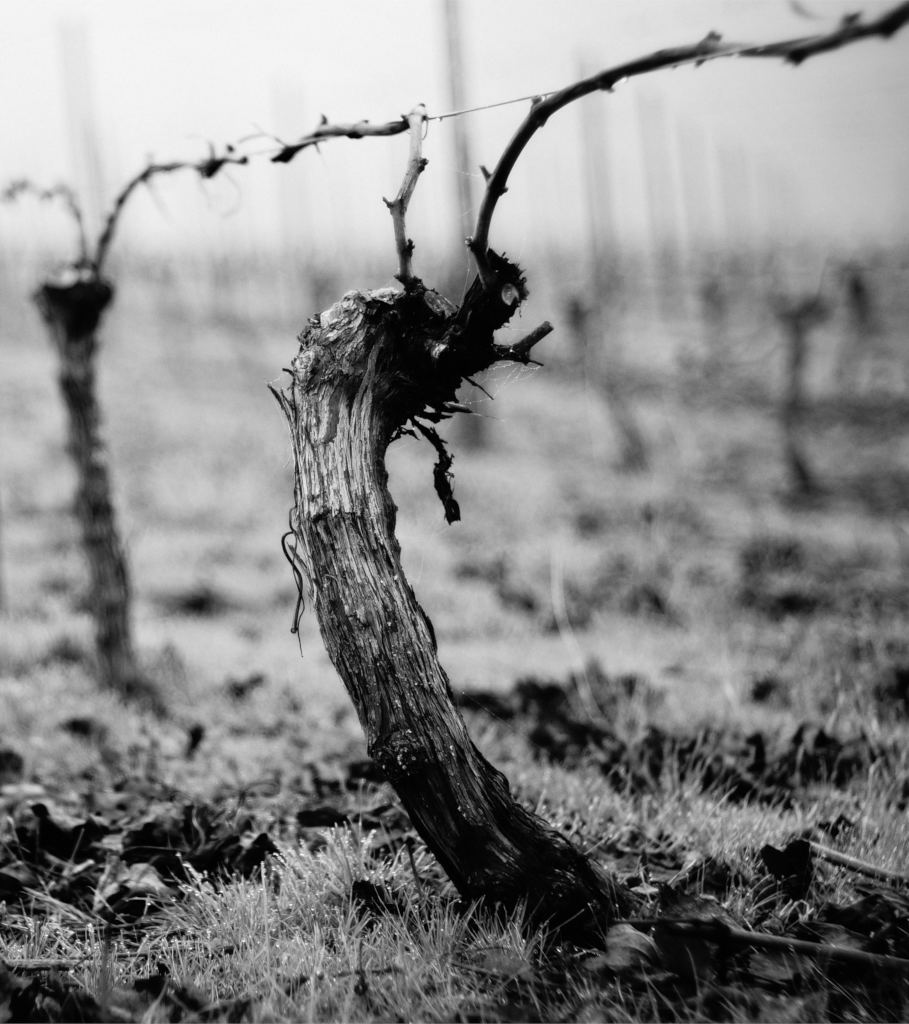Pruning grapevine, tips and guidance to succeed

The content of this article was prepared by Nature and Garden and has been revised and republished by FreshFruitPortal.com.
The pruning of a grapevine is an important step that determines proper fruit formation and harvest.
It isn’t difficult, but there are a few rules to follow so that the plant may bear magnificent grape bunches.
Don’t be afraid of starting, because there is no “bad pruning”: your experience will build up until you perfectly master the pruning of a grapevine.
When to prune grapevine
Grapevine is pruned twice during the year, at the end of winter after the stronger frost spells and in summer during fruit formation.
This is also when fruit tree fertilizer is added, which guarantees an abundant harvest.
Winter pruning of grapevine
At this time, grapevine is dormant and the sap has gathered in the roots.
The ideal timing is thus between February and March, while avoiding frost spells.
If the weather is mild in your area, it is possible to prune your vines as soon as the leaves have fallen off.
Spring pruning in areas where winters are cold
In colder regions, or in places where deep freezing might still occur in March, best is to wait until the very beginning of spring to prune, but it is the last chance.
Summer pruning of grapevine
This is a fruit-inducing pruning which isn’t mandatory.
It boils down to reducing the number of bunches down to 5 per stem, and cutting each shoot that doesn’t bear any fruits back to the trunk.
You can also eliminate the small and tiny bunches of grapes because their productivity would be weak.
General guidelines for winter pruning
The pruning of grapevine is actually the art of choosing the right buds which are also called eyes.
Some buds won’t bear any grapes while others will be very fertile.
- The more fertile buds:
These are those that appear on one-year-old wood (growth from the previous year). - Buds that won’t bear anything:
The buds that grow from the intersections of older branches or off a previously cut shoot.
Basic pruning to grow nice bunches on your grapevine
- First, remove dead wood.
- Then, remove stems that grow from the lower part of the vine trunk.
- Afterwards, focus on the shoots that have grown during the previous year.- Cut these shoots retaining at least 3 buds (eyes) per shoot.
– These will be the most fertile shoots and they will bear grapes.
– If you cut the entire shoot off, you won’t have any grapes. - As years go by, you’ll progressively remove old wood and replace it with new shoots.- And experience will show you the way…
– You must renew the grapevine as years go by in that you remove old wood and let new shoots grow longer.
– These are the important shoots, and after bearing they will also be removed.
Tips on how to shape your vine
- Directional pruning
This is important and restricts the plant to only two main shoots for future growth.
That way, you’ll have 2 vigorous shoots, rather than many scrawny shoots.
After this, there are different types of pruning, each of which relies on the same underlying principles:
- Avoid elongating the trunk by favoring the growth of the 2 stems you have selected.
- Restrict the number of buds to the description explained above.
Here are a few examples of how to train and prune your grapevine
- Bowl, or goblet pruning – 3 to 5 main arms, each ending in a spur with 3 or 4 buds. Also called head pruning.
- Cordon pruning – 1 or 2 horizontal cordons (older shoots), each with 3 or 4 spurs with 2 buds per spur.
- Guyot pruning – Also called cane pruning. Only one or 2 canes are kept, each with 3 to 5 buds.



































